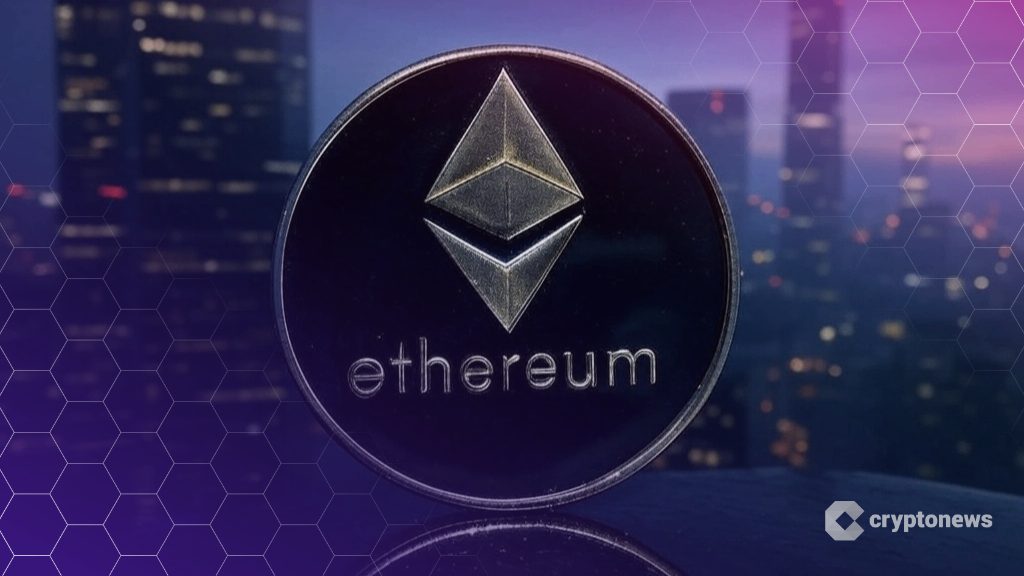Trump-backed WLFI moves toward market debut with tradability vote
World Liberty Financial, the decentralized finance firm launched by the Trump family in 2024, is taking a major step toward opening its network to the public, proposing to make its WLFI token transferable for the first time.
The governance proposal, now up for community vote, would unlock WLFI trading on peer-to-peer and secondary markets, grant partial liquidity to early supporters, and launch a broader system of token-based governance.
Founders and insiders—including Trump family members, who collectively hold 60% of the token supply—would remain under extended lock-up periods to prevent insider sell-offs. The move signals a new phase for the Trump-backed DeFi project, which has become a significant financial asset for the president, and aims to boost community ownership and participation in protocol decision-making.
The firm announced the effort on Friday, July 4: “On this Independence Day, we’re making history. The proposal to make $WLFI tradable is now live. Crypto is coming home — and there’s no better day to let freedom ring. Happy 4th of July from your friends at WLFI and from the new crypto capital of the world.”
WLFI’s governance transition to community control
WLFI’s tradability proposal aims to allow greater token utility access and begin community ownership of protocol decisions. The governance framework would allow token holders to vote on emissions, ecosystem incentives, and treasury actions following approval.
“This would mark a major milestone in the development of the World Liberty Financial ecosystem and opens the door for broader community participation, access, and protocol development,” the proposal states.
The platform cites product development progress, ecosystem partnerships, and brand awareness as justification for the timing. Community members and partners have reportedly expressed strong demand for WLFI tradability.
Early supporters who purchased WLFI tokens would receive partial access upon tradability launch, with remaining tokens subject to community-determined release schedules.
The firm’s phased approach aims to address common concerns about token launches, where insiders can immediately liquidate their holdings. World Liberty Financial’s structure delays insider access while providing early community access to trading markets.
Binary voting process decides tradability fate
Token holders can vote “YES” to proceed with WLFI tradability or “NO” to maintain current non-transferability and closed network status.
If approved, World Liberty Financial would execute transferability, initiate distribution for eligible early supporters, and begin community governance with additional unlock votes. Ecosystem expansion and partner integrations would continue alongside trading functionality.
The proposal positions tradability as “a defining moment for World Liberty Financial” that brings the platform closer to building “a more open, transparent, and powerful financial system.”
Trump and his affiliates hold a 60% stake in WLFI and the Trump Organization insists there’s no conflict of interest since his three sons, Donald Jr., Eric and Barron, are listed on the company’s website as co-founders. Trump is credited as co-founder emeritus.
WLFI is also one of the most significant sources of Trump’s income. Last year, he received nearly $57.4 million from his ownership stake in World Liberty Financial.
Per Forbes, Trump generated up to $315 million from his meme coin, ‘$TRUMP’, since its launch in January, despite its value crashing from $27.72 per coin to $8.73. He’s also received over $11 million in royalty payments from a variety of products: a coffee table book, Trump sneakers and fragrances, Trump watches, Trump Bibles, a “45” Guitar and various non-fungible token (NFT) licensing and royalties.
A Trump-themed metaverse is currently in the works. New trademark filings describe a virtual world where users can explore digital spaces featuring TRUMP-branded wearables, restaurants, and other interactive elements.
You May Also Like

These 5 Under $0.50 cryptos might be a good bet over Ethereum in 2025

ADA soared 3400% in 2017, 1500% in 2021, this coin might overtake it with a 21017% rally
